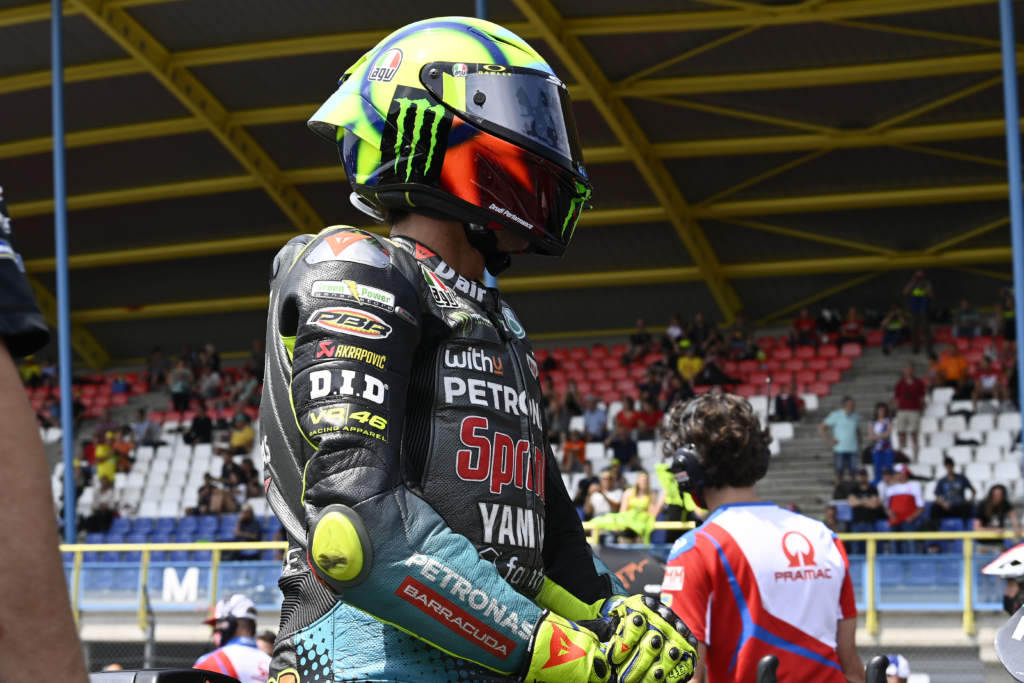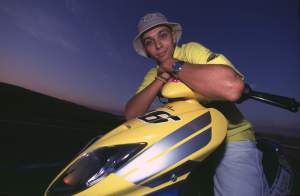News that Valentino Rossi will retire from MotoGP after an incredible 26 years of grand prix motorcycle racing marks the end of perhaps the most iconic era in the championship’s history.
The exceptionally charismatic and talented Italian has not just dominated the series at his peak but has also converted millions of people across the globe into fans of motorcycle racing – and his absence next year means a huge shift in the dynamic of MotoGP.
Regardless of who you cheer for, it’s simply impossible to ignore the weight of Rossi’s presence on MotoGP. To the casual fan, he’s the only rider in the series that most people (those who aren’t fans) can name, the rider whose replica helmets outnumber every other rider put together, and whose T-shirts you can spot across the globe.
That means that there will be, regardless of Rossi’s form in recent seasons, a big hole to fill on the grid next year when the season kicks off in Qatar.
But is the way the series has grown, adapted and morphed in the past few seasons enough to ensure that his presence is no longer the necessity that it once was?
The harsh reality is that no one should still be watching MotoGP to see Valentino Rossi fighting for a title. His run of form for most of the past year, first at the works Yamaha team in 2020 and then again this year at Petronas SRT Yamaha, has been nothing to write home about.
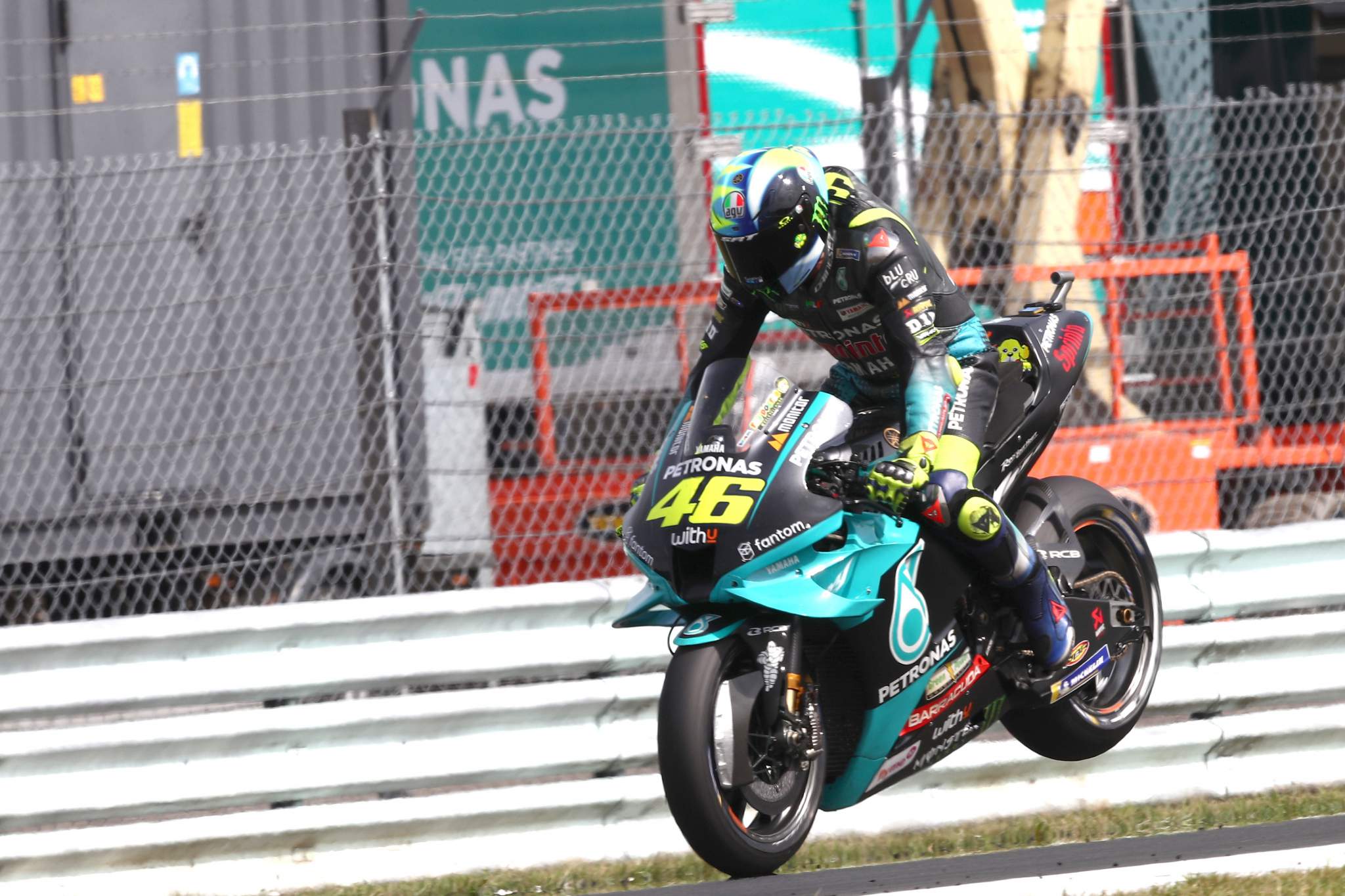
In the past 17 races, Rossi has finished inside the top 10 just once. He hasn’t stood on the podium since the second race of 2020, when two DNFs in front of him promoted Rossi from fifth to third, and he hasn’t won a race since 2017.
Halfway through the 2021 championship, Rossi is in 19th place, a huge 139 points from championship leader Fabio Quartararo (who is riding an identical Yamaha M1). That’s four worse than the 15th place where he finished last year’s season.
And in many ways, that managed decline has been the best thing possible for MotoGP. The impact of Rossi walking away from the series at the height of his form, for example in 2009 when Ferrari was trying to lure him across to Formula 1, would have been a significantly worse thing for MotoGP.
That was just as the global financial crisis was getting underway, and MotoGP entered some very dark years shortly after as teams went bust, manufacturers pulled support and only a bare minimum of bikes were lining up on the grid every weekend.
The route from there to the current hugely successful championship is thanks to myriad reasons including the exceptionally well-crafted rulebook and the move to control electronics, but it’s hard to argue that the success story would have happened without Rossi’s continuing presence to draw in fans.
Yet while he played his part in not only making MotoGP huge in the first place but keeping it there throughout some hard times, the changes that have happened in recent seasons means that he’s no longer as essential as he once was.
Simply put, while he might still be the biggest name in MotoGP, he’s no longer the only big name. Six-time champion Marc Marquez is now the guy to beat on track (in a big-picture sense, despite his troubles of 2020 and ’21), dominating the series since his debut in 2013. Championship leader Quartararo is on the verge of becoming the series’ next breakout star. And behind them, there are a whole number of riders who bring unique personalities to the series.
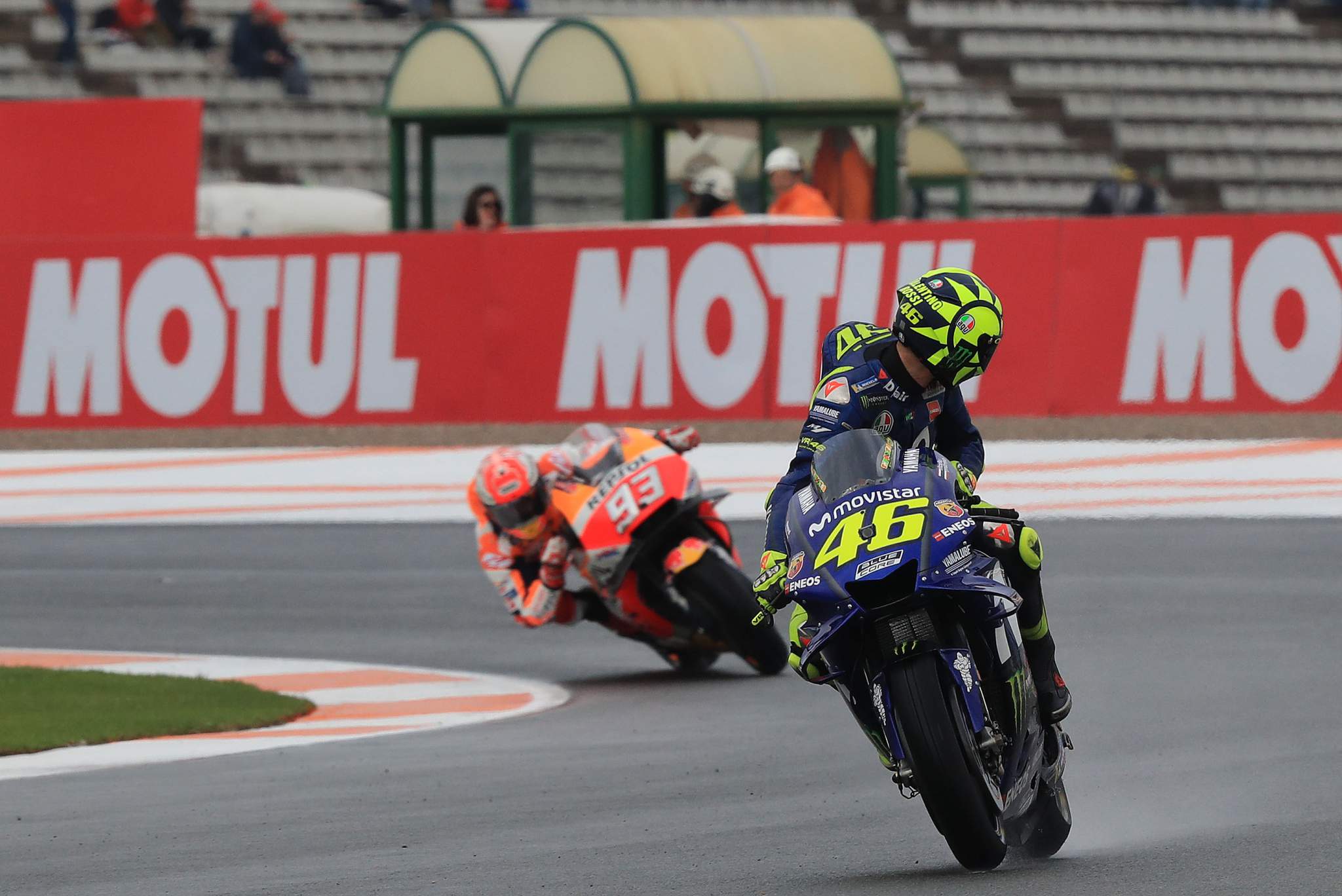
And in many ways, social media has been the great equaliser in allowing those riders to convert their characters and talent into unique fandoms on a global stage.
As recently as a few years ago, if you were a Franco Morbidelli or Taka Nakagami fan, then the chances were that you were the only one you knew.
Nowadays, there are huge online communities of fans for every single rider on the grid, often broken down by language and region. That passion helps convert casual fans into diehards, especially in developing markets like South America and South East Asia where social media access is a lot more universal than a TV subscription to watch every session of every race in real-time.
What that means, when combined with Rossi’s declining form on the track, is that he’s simply not the golden goose to Dorna that he once was. In fact, while it might spark some switching off by some fans, it seems more likely to happen in the traditional European markets rather than the rapidly-developing ones elsewhere, so while it might cause some short-term pain, it’s possible that it’ll simply speed up the rapid change in the demographics of MotoGP fans that’s already underway.
The most likely place that the pinch will be felt in immediate terms is probably in ticket sales for circuits rather than in terms of TV subscriptions, too. Every single race on the MotoGP calendar still seems to have a Rossi grandstand (although of course that’s been harder to judge in COVID times).
But even then, the traditionally Rossi-mad races at Italian circuits like Mugello and Misano have witnessed something of a change in recent seasons. Sure, it’s still flouro yellow flags that dominate, but the rise of Italian talent (in most cases thanks to the efforts of Rossi’s VR46 Academy) means fans will still have something to cheer for.
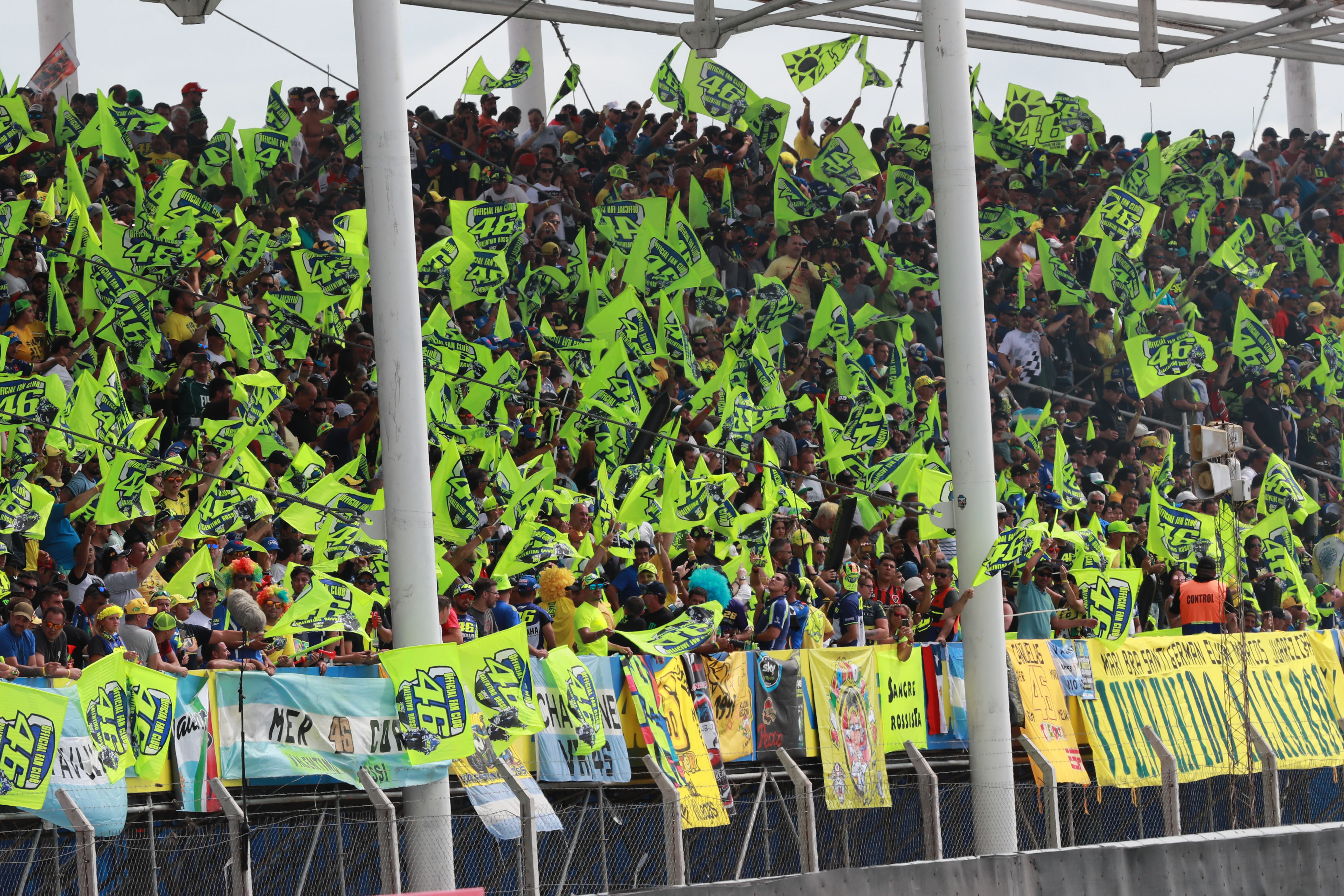
And Rossi’s Academy and his MotoGP team mean that while he might be retiring, he won’t be stepping out of MotoGP altogether.
One thing that has traditionally differentiated two-wheeled racing from its four-wheeled equivalent is the way that fans gravitate to riders and not teams; there’s no MotoGP equivalent of the Ferrari Tifosi, for example.
But if there’s someone who can change that, then surely it’s Valentino Rossi. If he can shift even a portion of his huge fanbase from cheering for him every weekend to cheering for his team, then it’ll ensure not only a continuing legacy for Rossi but MotoGP will remain in the healthy place that he helped push it to over the course of an incredible career.



